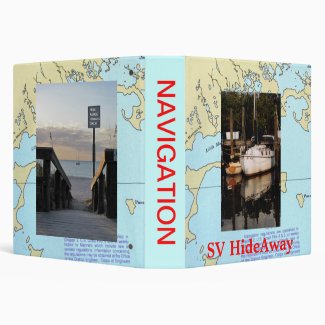 |
| ACQUIRE THE RIGHT WOOD- ITS THE $$$ ONE |
On the HideAway our hatch boards have several uses. They are our dining room table, chart desk, part bunk when sleeping on deck and solution to any problem that needs a flat thing. Our hatch boards need to be strong, able to handle considerable abuse and weather a tropical climate. And not so pretty that a gouge would bring a wet eye.
Perhaps the most important thing to consider about making
hatch boards is your choice of wood or some variety of plastic. If you choose Plexiglas, smoked or non, to add more light below consider making the bottom panel a solid color to maintain a level of privacy.
(Don’t ask)
I Prefer Wood -
at least until someone invents a suitable wood-colored plastic. Unless
you enjoy woodworking enough to redo the project every couple of years, Exterior
Grade hardwood plywood with no voids is required. 3/8” plywood or the metric equivalent works
fine. Any thinner and it will warp - thicker
will jam. A little side to side play is
good.
The Project Is Pretty Straight Forward
 |
| THE DOG EARS WILL INCONVENIENCE FLYING STINGERS |
HOW I MARK THE LINE
Place your boards together and trace your old boards onto the new one. It is a more precise project than it looks.
Be careful to ensure your pencil marks are really 90 degrees from the wood.
 |
| LOOKING DOWN ON THE WOOD THIS WILL LOOK OK- IT'S NOT |
It’s easy to add an eighth inch to each side without realizing. An error you won’t discover until the first fitting.
 |
| KEEP THE LEAD TO THE WOOD INSTEAD OF THE PENCIL |
Wood Working Tools
I do not have access to a band saw or a table saw so my wood
working arsenal consisted of an electric, hand guided jig saw, my mostly plastic
circular saw, metal drywall guide, spring clamps, angle finder, sander, bits
of plywood, a deep breath and a straight arm.
 |
| A TABLE SAW WOULD BE MUCH EASIER BUT LESS DRAMA |
The original boards had a 22 degree bevel between the upper
and lower pieces to guide rain water away. Most of the information I found on the web
used a 45 degree angle. I did a practice
cut of both and decided the advantage of the 22 was less exposed plywood layers
and less likelihood of damage. Some weeks later I
noticed the top board had the same bevel.
This would make closing the sliding hatch cover easier, but I’m not
likely to make the change soon. All that epoxy and such....
 |
| LEVER CLAMPS! |
Fit and Finish:
Make Sure Everything Fits Before You Finish It.
After the boards were sanded, cut and fitted I covered all,
and I mean all, plywood edges with epoxy.
The interior panels are stained, followed by multiple coats of spar
varnish. The exterior sides received
Cetol Natural Teak finish. Consider
making the lower panel interior side a darker color than the exterior for
easier identification.
 |
| CAN YOU SEE THE BEVEL CUT OR THE FINISH? MAGIC |


No comments:
Post a Comment